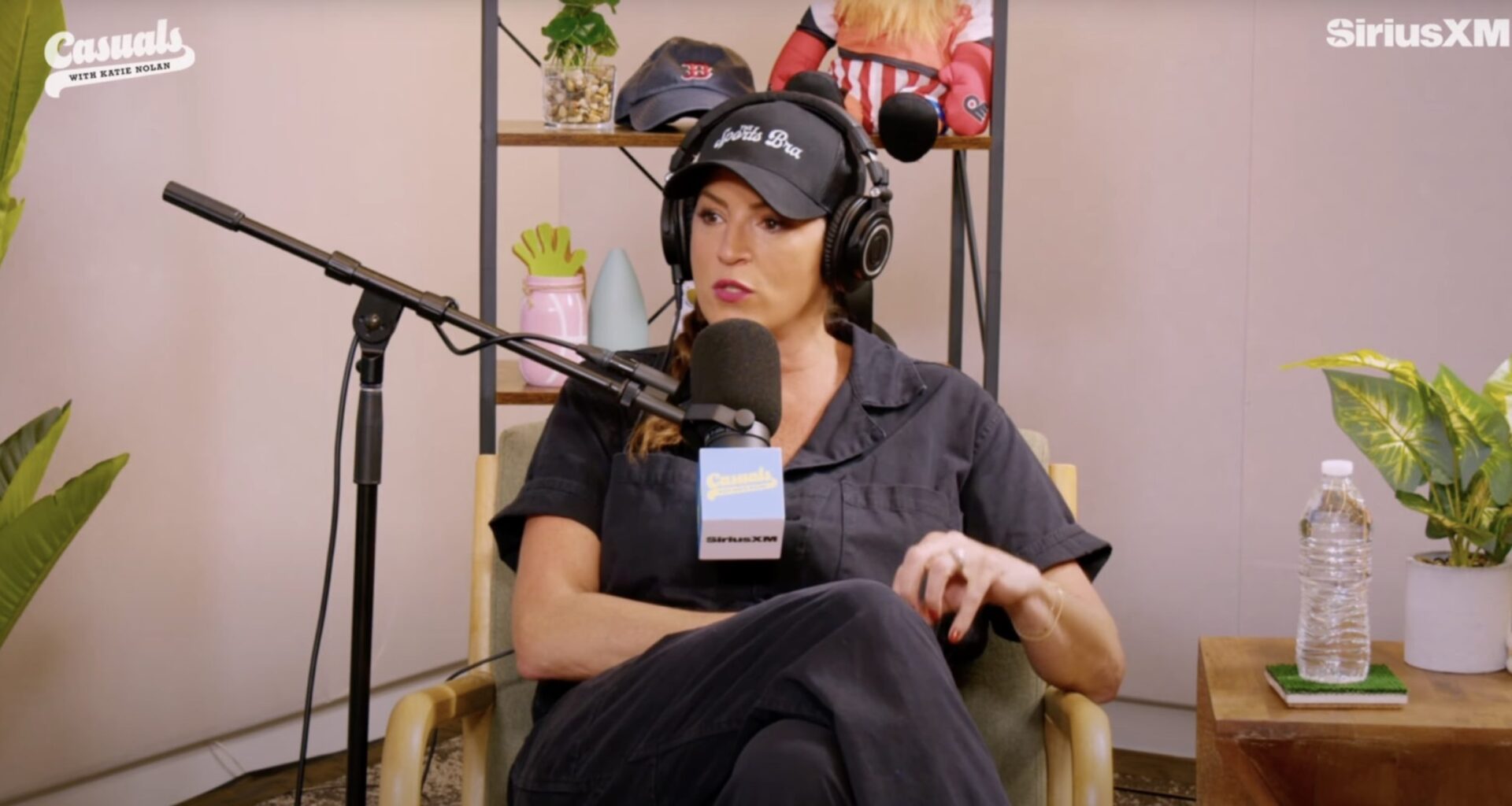Despite breakout women’s sports stars like Caitlin Clark, Coco Gauff, and Trinity Rodman generating more consistent hype than ever before in their sports, day-to-day news about the WNBA, NWSL, or other women athletes is shockingly hard to come by.
Some outlets have sprouted up to fill this void, while major networks continue to make incremental investments in women’s sports coverage. However, basics like statistics and injury updates, as well as deeper storytelling and analysis, are a rarity compared with the NFL or other major men’s leagues.
Last year, former ESPN host Sarah Spain launched the Good Game podcast and the iHeart Women’s Sports Network as one way to help fill this void. Meanwhile, this information gap has broadened.
Fake quotes (especially ones attributed to WNBA star Angel Reese), nonsense narratives, and tired debates continue to dominate the headlines in women’s sports. Nobody knows what’s going on.
In an interview on the Casuals podcast last week with former ESPN teammate Katie Nolan, Spain explained this news chasm, how it leads to misinformation, and why it is preventing fans from fully embracing women’s sports leagues.
“The fundamental issue for me is a failure of the media, over the course of the past however many decades, to invest enough in women’s sports so that there can be established, veteran, trusted voices,” Spain explained.
When Spain was at ESPN, she said, she often relied on facts and figures from external outlets to provide commentary and entertainment for viewers. In women’s sports, these things are much harder to find, so producers and researchers are far more likely to overlook them.
On Good Game, Spain said she tries to constantly lay out the stars, stakes, stats, and stories of major women’s sports events for her audience. Still, she sees broadcasts and major outlets failing to clear this low bar.
“We don’t do that for women’s sports,” Spain said. “We tell you one story about a woman who plays and also helps in her community, and we’re like, ‘Don’t you want to watch the game now?’”
As a result of this issue, Spain believes misinformation and conspiratorial thinking have filled in the gaps. Fans don’t know where to go to vet viral quotes or get the full story for themselves. Everything becomes hearsay or open to interpretation.
“There’s a lot of misattributed quotes or fully made-up quotes. And because there’s nowhere to go to say, ‘Oh, she never said that,’ it just travels,” Spain explained. “With NBA Centel, you get tricked. Then you go to all your main sources … and you go, oh, they didn’t say that, I can’t find it anywhere. Where do you go for women’s sports to be sure that if it happened, it would be there?”
Even the people covering women’s sports now, where investment has increased, struggle to keep up. Rather than being an authoritative source for the many new fans flowing into the WNBA or other leagues, reporters are instead having to respond to the minefield of potential missteps or accusations they could face if they slip up.
“It can be a barrier even to the people covering it, because there are landmines everywhere,” Spain said. “And if you’re trying to just do the work, actually talk to players, coaches, people involved, report, etc., and you’re not trolling the internet to find out what all the theories are and accusations and problems are, you step into things without even realizing you will then be accused of aligning with X or doing X.”
The last layer Spain laid out is how the few longstanding women’s sports journalists and fans are responding. Spain likened the reaction from these groups to hipsters who like a small indie band and are defensive of it getting too big.
These fans, according to Spain, see bad actors once again piping up about their favorite athletes and double down to fortify their defenses:
“I think it is people who are arriving who don’t really know the space but want to commandeer it, and then I also think rightfully so, fans of women’s sports are so protective because it is a space that has been poisoned over and over again by people who have no interest in seeing it succeed.”Where do you go for women’s sports to be sure that if it happened, it would be there?”
Indeed, reporters at major networks and newspapers bring an institutional knowledge of women’s sports to the table. But they can only do so much to get their perspective out, especially if they are likely on the older side and not filling TikTok feeds or YouTube feeds the way a more insidious content creator might.
Sports media is in catch-up mode, as Spain lays out, to merely meet the demands for day-to-day information.

